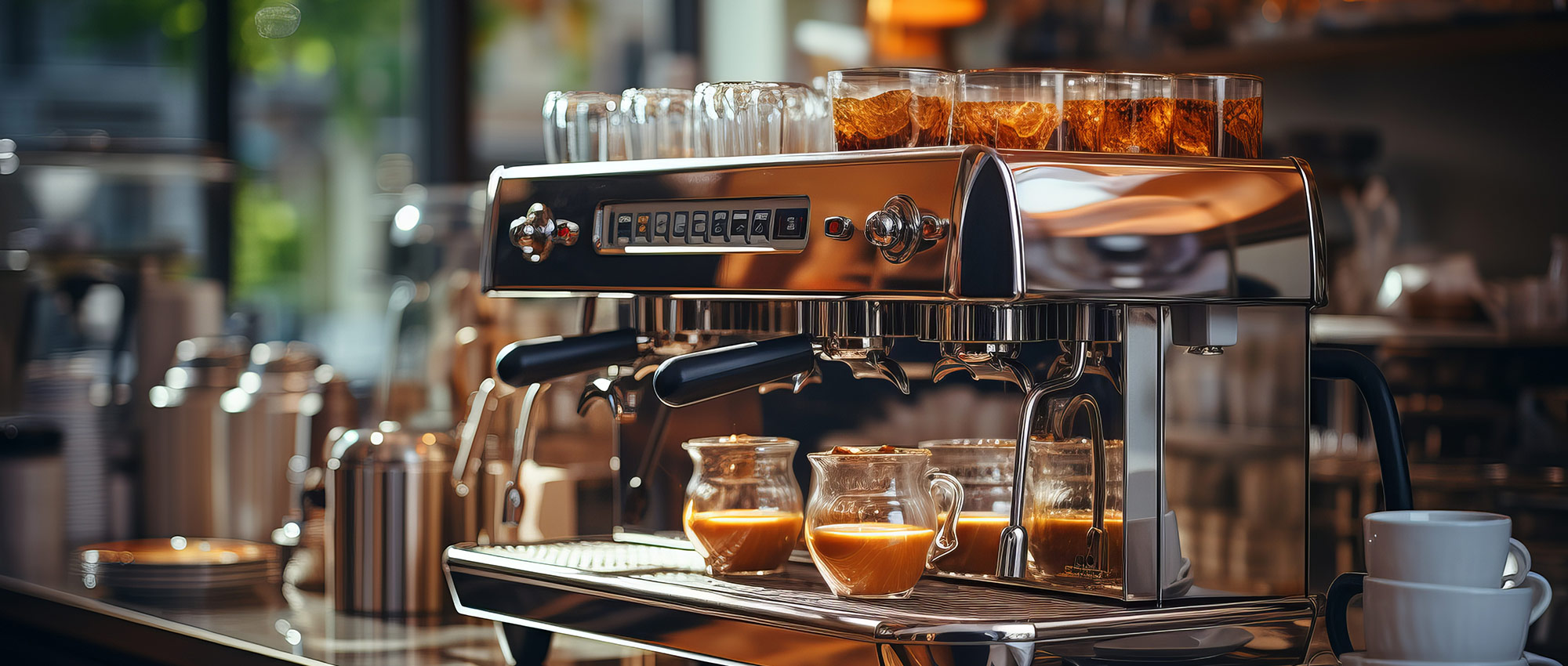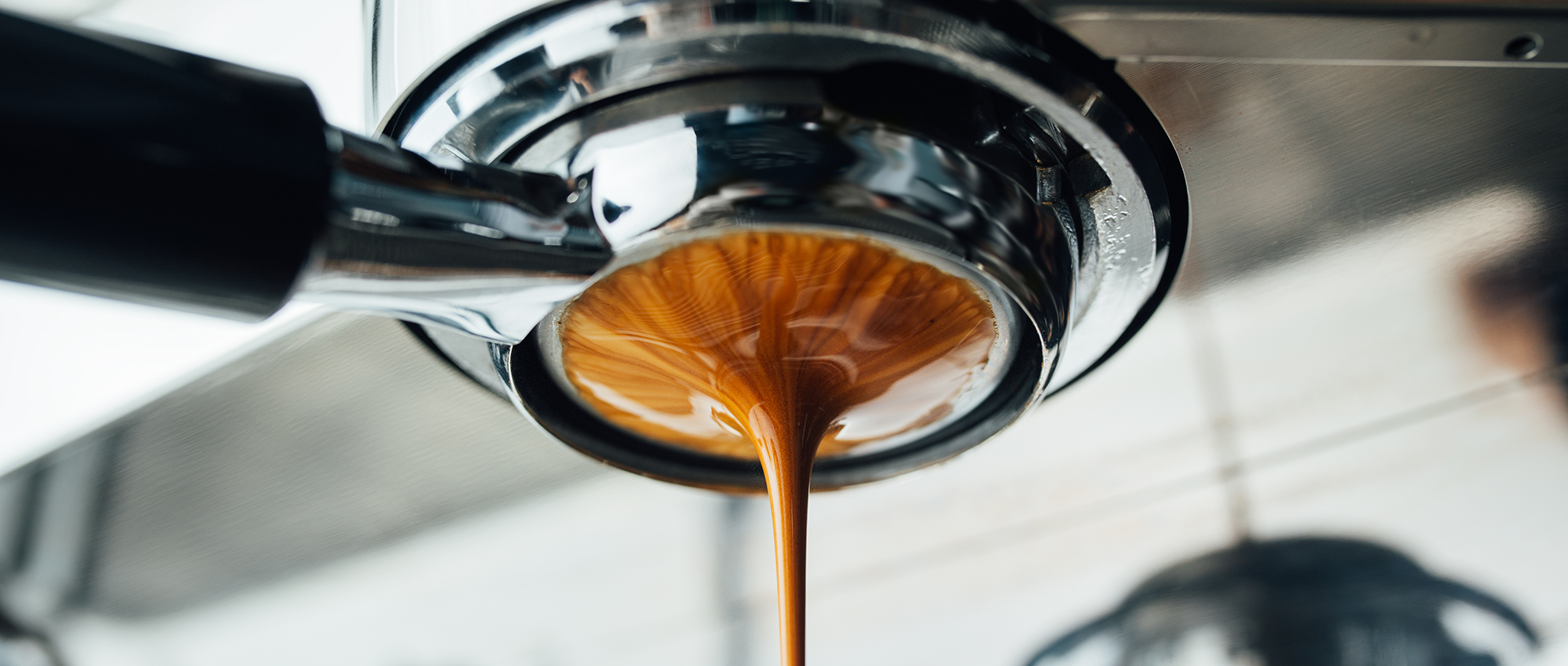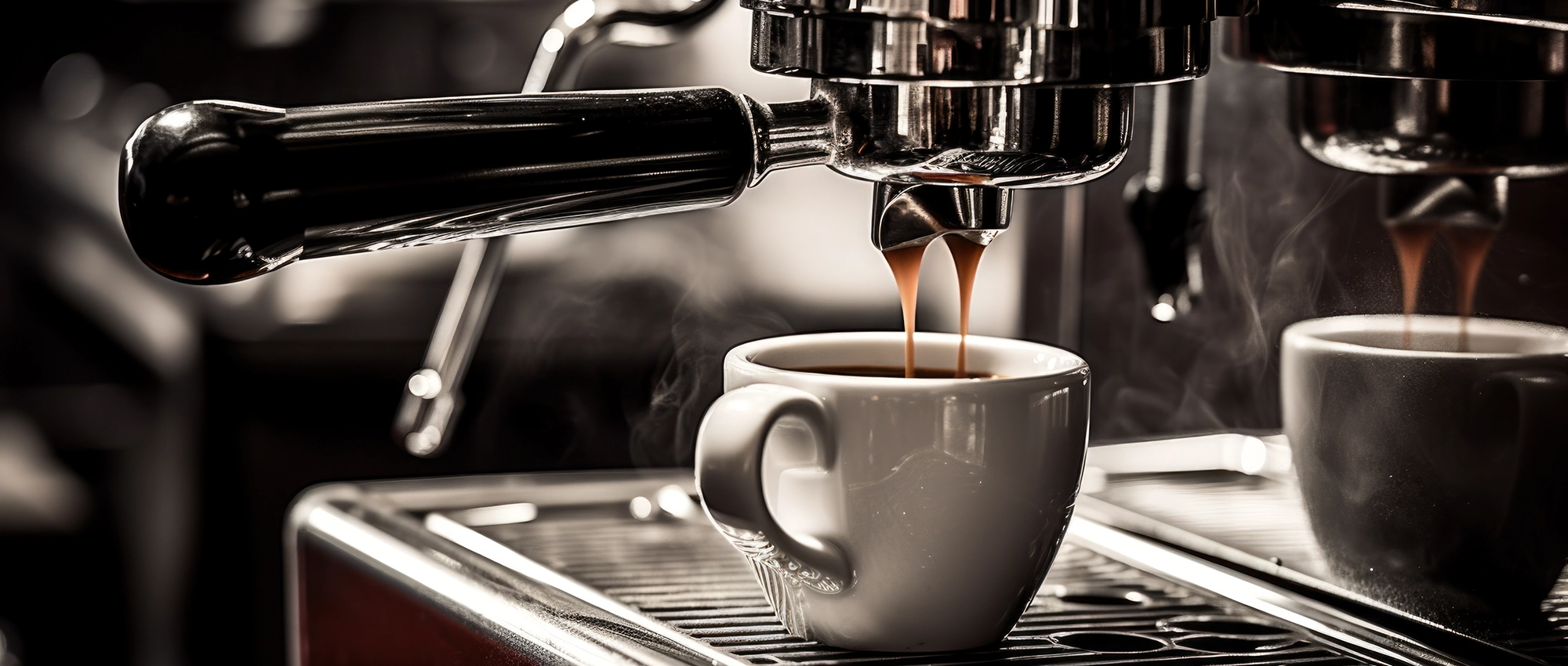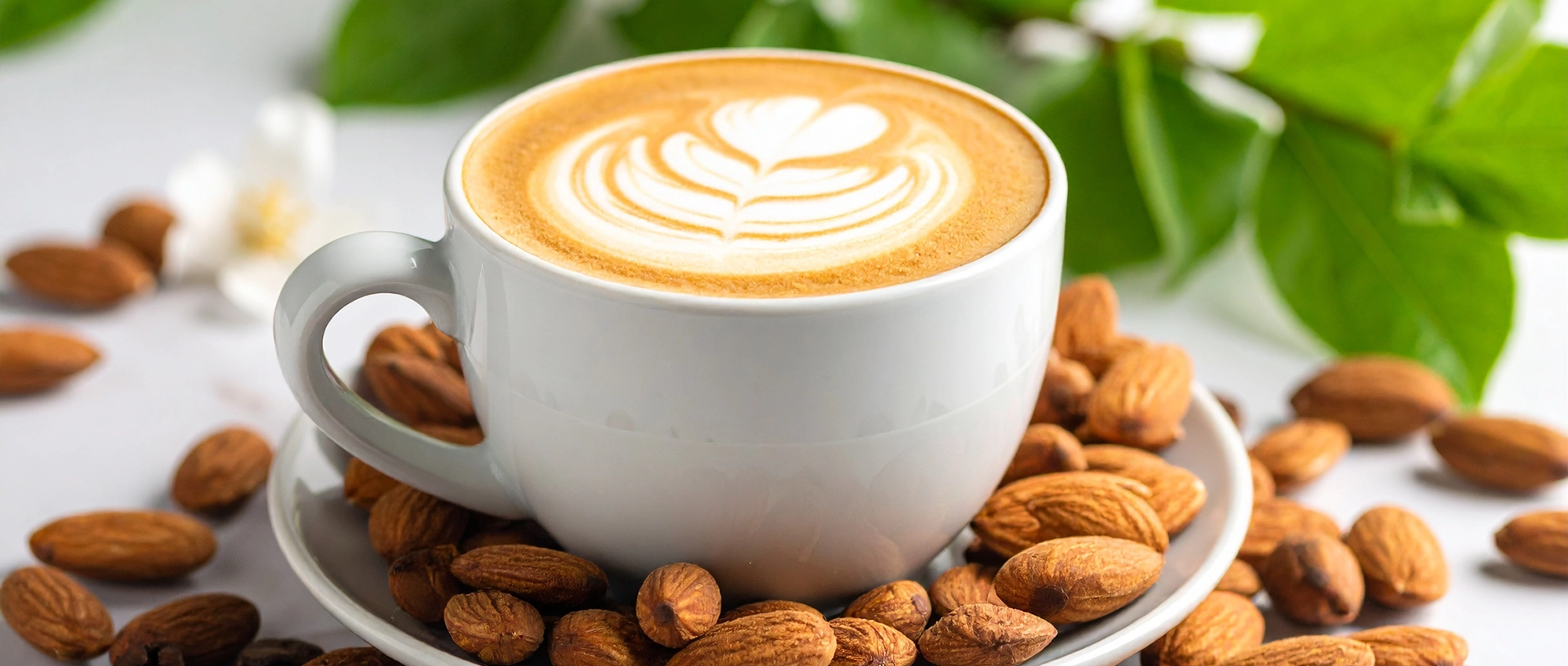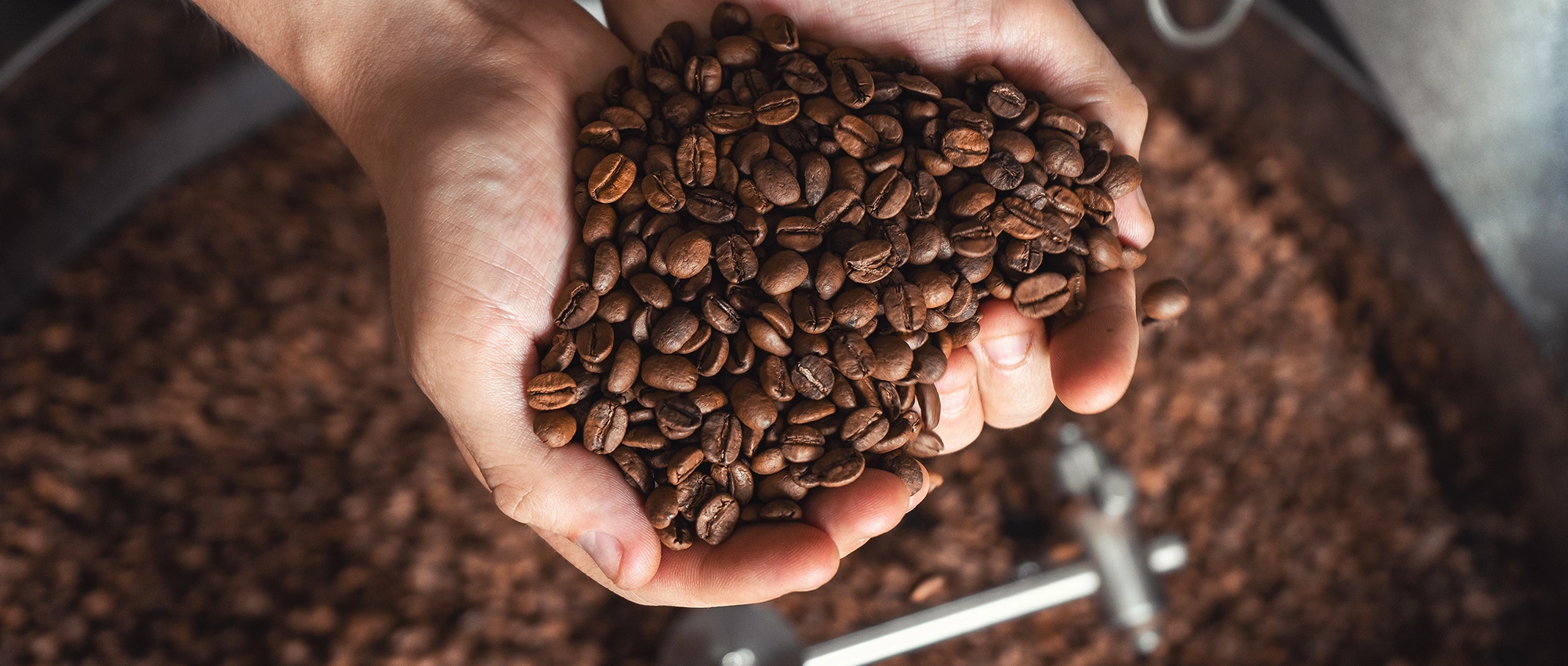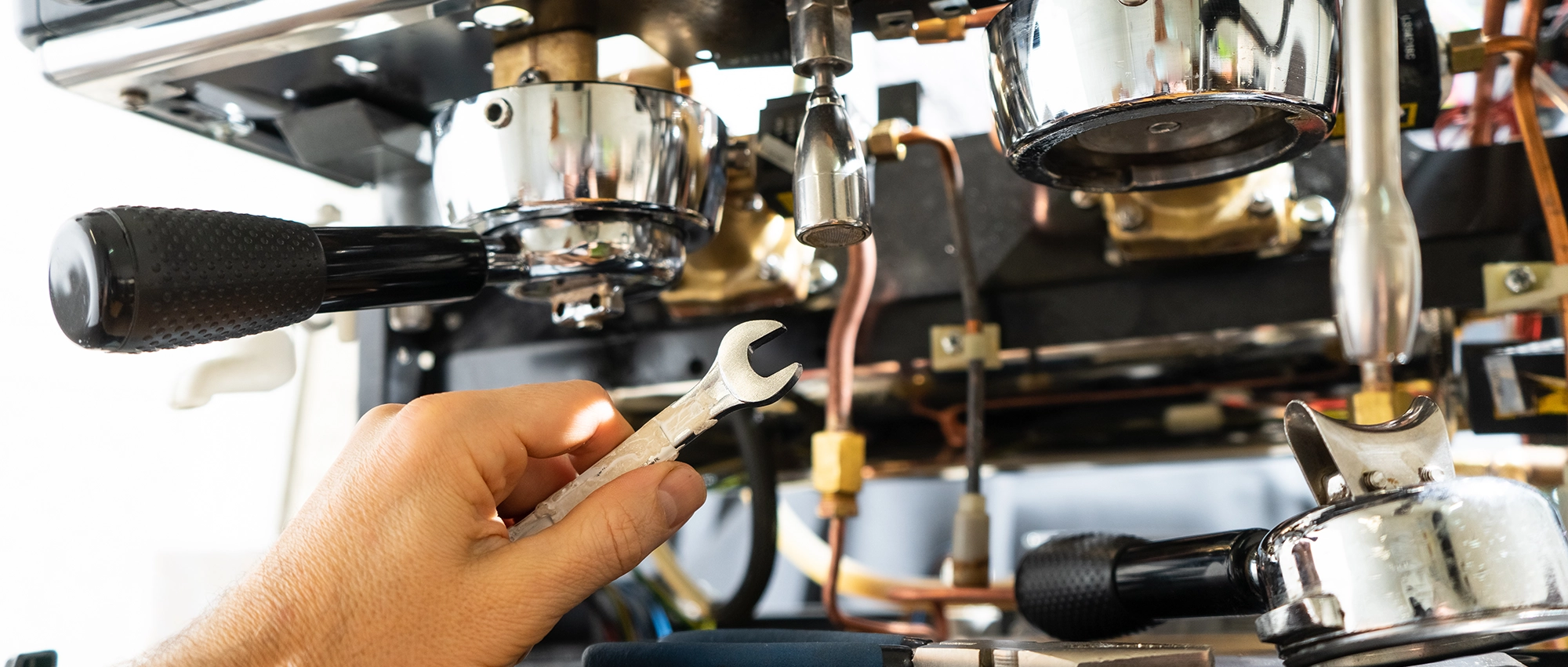Volumetric or Manual Espresso Machine?
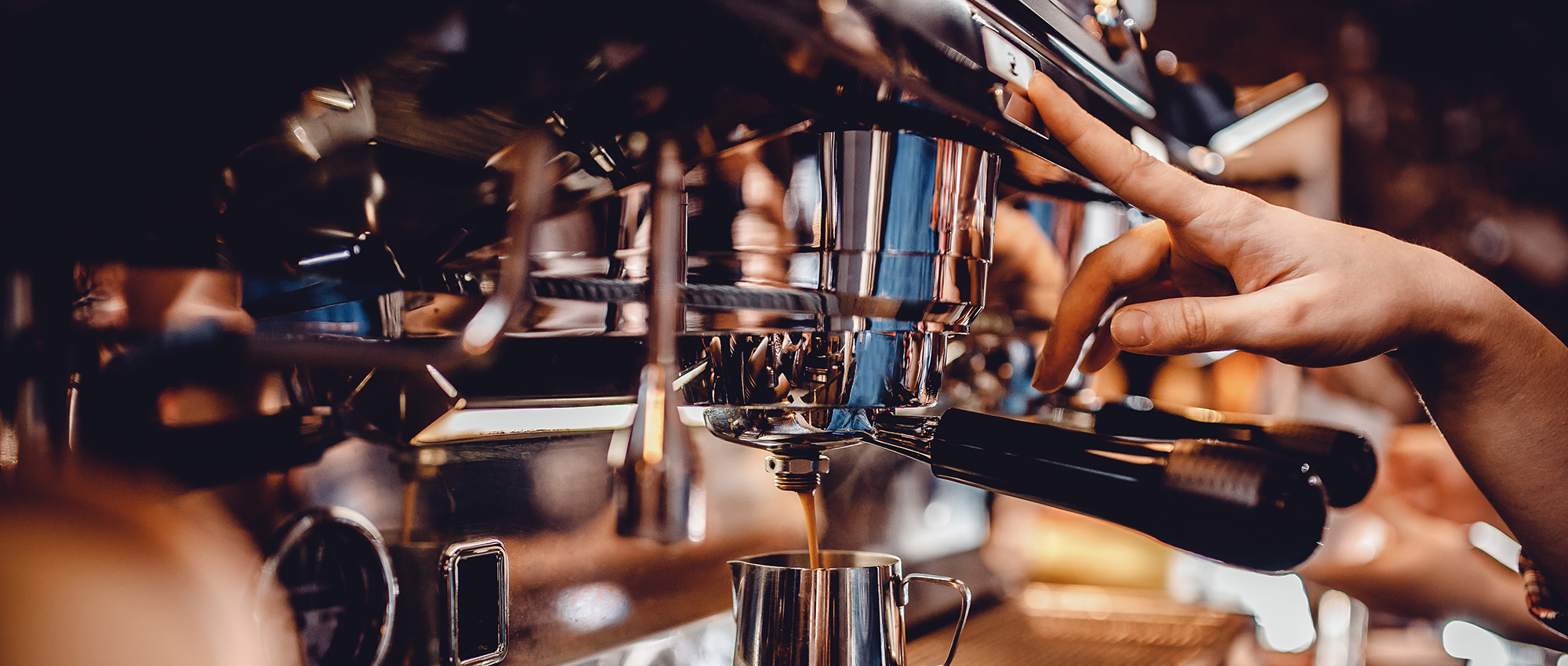
Do You Need a Volumetric or Manual Espresso Machine?
Choosing between a volumetric and manual espresso machine is one of the most important decisions you’ll make when equipping your cafe, restaurant, or coffee shop. While both types can produce excellent espresso, they operate very differently and serve distinct business needs. Understanding the key differences will help you invest in equipment that matches your operation’s volume, skill level, and service style.
What is a Manual Espresso Machine?
A manual espresso machine requires the barista to control the entire extraction process by hand. The operator starts the pump to begin pulling the shot and stops it when they determine the extraction is complete. This hands-on approach gives experienced baristas complete control over every espresso shot.
With a manual machine, timing and volume are determined by the barista’s skill, judgment, and attention. They must watch the shot as it pulls, observing the color, flow rate, and volume to decide the optimal moment to stop extraction. This typically takes 25-30 seconds for a standard double shot, but can vary based on the coffee, grind size, and desired flavor profile.
Manual machines are often preferred by specialty coffee shops and cafes where espresso quality is paramount and baristas take pride in their craft. They allow for experimentation and adjustment shot-by-shot, which appeals to coffee professionals who want maximum control. Premium brands like La Marzocco offer manual versions of their commercial machines for operations that prioritize barista skill and craft.
What is a Volumetric Espresso Machine?
A volumetric espresso machine uses built-in flow meters to automatically measure and dispense precise amounts of water for each shot. The barista programs specific volumes for single shots, double shots, and other drinks, and the machine stops extraction automatically when that volume is reached.
Once programmed, pulling a shot on a volumetric machine is as simple as pressing a button. The machine handles timing and water volume, freeing the barista to focus on other tasks like steaming milk, taking orders, or preparing the next drink. Consistency is the hallmark of volumetric systems, every shot receives exactly the same volume of water, regardless of who’s working the bar.
Volumetric machines have become the industry standard for most commercial coffee operations, from busy cafes to hotel restaurants. They balance quality, consistency, and speed in a way that supports high-volume service. The La Marzocco Linea Classic is available in both manual (EE) and volumetric (AV) configurations, making it one of the most versatile commercial espresso machines on the market.
Key Differences Between Manual and Volumetric Machines
Control and Flexibility
Manual machines give baristas complete control over extraction. An experienced operator can adjust on the fly for variables like coffee freshness, humidity, or grind inconsistencies. If a shot is running too fast or too slow, they can compensate by extending or shortening the extraction time.
Volumetric machines prioritize consistency over flexibility. Once programmed, they deliver the same result every time. While you can reprogram volumes as needed, you lose the ability to make real-time adjustments for individual shots.
Speed and Efficiency
In high-volume environments, volumetric machines significantly increase speed and efficiency. Baristas can start a shot and immediately move on to the next task without watching the extraction. This multitasking capability becomes crucial during rush periods when every second counts.
Manual machines require constant attention during extraction. The barista must remain at the machine to stop each shot at the right moment, which limits their ability to work on multiple drinks simultaneously. For a busy cafe serving 200+ drinks per day, this can create bottlenecks.
Consistency
Volumetric machines excel at consistency. Every shot receives precisely the same water volume, which helps maintain drink quality across shifts and different baristas. This consistency is valuable for building customer loyalty, regulars expect their latte to taste the same every visit.
Manual machines introduce more variability. Even skilled baristas will have slight differences in timing and judgment, especially during busy periods when focus is divided. New or less experienced staff may struggle to maintain consistency without extensive training.
Training Requirements
Training staff on volumetric machines is relatively straightforward. New baristas can learn to pull consistent shots in a matter of hours or days. The machine handles the technical precision, allowing training to focus on other skills like milk steaming and drink assembly.
Manual machines demand more extensive training and practice. Baristas need to develop the sensory skills and judgment to evaluate extraction quality in real time. However, many cafes use digital scales as a training tool and consistency aid, by weighing the espresso as it extracts, baristas can stop the shot when it reaches the target weight (typically 36-40 grams for a double shot starting with 18-20 grams of coffee). This method teaches proper extraction ratios while building the visual and sensory skills needed to eventually pull shots without the scale. Even with scales as a guide, the learning curve can take weeks or months, and maintaining quality requires ongoing attention and refinement.
Cost Considerations
Volumetric machines typically cost more upfront than comparable manual machines due to their flow meter technology and programmable controls. Expect to pay anywhere from $1,000 to $5,000 more for volumetric functionality, depending on the machine size and brand.
However, volumetric machines can reduce labor costs over time. Faster service means you can serve more customers with the same number of staff, and easier training reduces onboarding time and improves staff flexibility.
Manual machines have lower initial costs and simpler mechanics, which can mean fewer potential points of failure. However, flow meters in volumetric machines are generally reliable, and repair costs are comparable for both types when properly maintained.
La Marzocco Linea Classic: EE vs. AV
One of the best examples of the manual versus volumetric decision comes from La Marzocco’s iconic Linea Classic, which is available in two configurations:
Linea Classic EE (Elettronica) – This is the manual (semi-automatic) version. Baristas start and stop each shot manually using paddle controls. The EE offers complete control over extraction and is favored by specialty cafes, competition baristas, and coffee shops where craft is central to the brand identity. This model allows for real-time adjustments and showcases barista skill.
Linea Classic AV (Automatica Volumetrica) – This is the volumetric version with programmable shot buttons. The AV automatically stops extraction based on pre-programmed water volumes, ensuring consistency across all shots. This configuration is ideal for high-volume operations, multi-location businesses, and any cafe prioritizing efficiency and repeatability.
Both versions share La Marzocco’s legendary build quality, dual boiler technology, and PID temperature control. The choice between EE and AV comes down purely to operational preference, manual control versus automated consistency and budget. Many operators running multiple locations will choose AV machines for easier staff training and standardized output, while single-location specialty shops often prefer the EE for its craft-focused approach.
The beauty of the Linea Classic platform is that whether you choose manual or volumetric, you’re getting the same exceptional espresso quality and reliability that has made La Marzocco the gold standard in commercial espresso equipment.
Which Type is Right for Your Business?
Choose a Volumetric Machine If:
You operate a high-volume cafe or restaurant. When you’re serving 150+ espresso-based drinks per day, the speed and efficiency of volumetric operation becomes essential. The ability for baristas to multitask during extraction can dramatically improve throughput during rush periods. Machines like the La Marzocco Linea Classic AV are specifically designed for these demanding environments.
You have frequent staff turnover. Restaurants, hotels, and chains benefit from the easier training that volumetric machines provide. New employees can be productive quickly without requiring advanced barista skills.
Consistency is your priority. If your business model depends on delivering the same experience every time, like a chain or franchise, volumetric machines help maintain standards across locations and shifts.
You want to maximize labor efficiency. Volumetric machines allow each barista to handle more customers per hour, which can justify the higher equipment cost through improved labor productivity.
Your staff has varying skill levels. If you employ both experienced baristas and entry-level workers, volumetric machines ensure everyone can pull quality shots regardless of experience.
Choose a Manual Machine If:
You run a specialty coffee shop focused on quality. Cafes that emphasize craft, education, and the art of espresso often prefer manual machines. They signal to customers that your baristas are skilled professionals who care about every detail. The La Marzocco Linea Classic EE is a popular choice among specialty roasters and award-winning cafes for precisely this reason.
You have low to moderate volume. For shops serving under 100 drinks per day, the speed advantage of volumetric machines matters less, and you can afford the extra attention required for manual operation.
You employ experienced, passionate baristas. If your team consists of skilled coffee professionals who take pride in their craft, manual machines allow them to showcase their expertise and make adjustments based on their palate.
You frequently change coffees or experiment. Specialty roasters and cafes that rotate single-origin offerings benefit from the flexibility of manual operation, as baristas can dial in each coffee individually and adjust extraction for optimal flavor.
You have budget constraints. If upfront cost is a major factor and you have the staff skill to operate manually, you can save money on the initial investment.
Hybrid Approach: Semi-Automatic Machines
Some operators choose semi-automatic machines with programmable buttons but also manual override capability. These machines offer the best of both worlds, programmed consistency when needed, with the option for manual control when desired. This flexibility works well for medium-volume cafes with skilled staff who want efficiency without sacrificing complete control.
The Bottom Line
For most commercial coffee operations, volumetric espresso machines offer the best combination of consistency, efficiency, and ease of training. They’re particularly valuable in high-volume environments where speed matters and staff skill levels vary.
Manual machines remain the choice for specialty-focused cafes where craft and barista skill are part of the brand identity. They’re also suitable for lower-volume operations with experienced staff who value control and flexibility.
Consider your daily volume, staff experience, training capacity, and business model when making your decision. There’s no universally “better” choice—just the right choice for your specific operation. And remember, the best espresso machine is the one that helps you serve great coffee efficiently while supporting your business goals.
If you’re still unsure which type fits your needs, reach out to an experienced coffee equipment dealer who can assess your operation and recommend the right solution. The investment in the right machine will pay dividends in product quality, customer satisfaction, and operational efficiency for years to come.
Gary Downey
Gary Downey
Tags :
Coffee U Sunday: Weekly Coffee Business Education
Get expert coffee insights delivered to your inbox every Sunday. Equipment guides, brewing tips, business strategies, and industry trends to help your business succeed.
Categories
Categories
- Coffee Brewers (1)
- Coffee Business Success (8)
- Coffee Grinders (1)
- Coffee Shop Owners (7)
- Coffee Technology (3)
- Cold Brew Coffee (2)
- Espresso Machines (8)
- Espresso Shots (3)
- La Marzocco (2)
- Maintenance & Service (2)
- Specialty Coffee Drinks (3)
- Water Treatment (1)
📚 Equipment Guides
Comprehensive breakdowns of different machine types, helping you make informed purchasing decisions
 Maintenance Tips
Maintenance Tips
Professional techniques to keep your equipment running at peak performance and extend its lifespan
 Brewing Science
Brewing Science
Understand the ‘why’ behind extraction, temperature stability, and equipment design
 Troubleshooting Help
Troubleshooting Help
Common problems and solutions to minimize downtime and service calls
 Business Insights
Business Insights
ROI calculations, workflow optimization, and equipment selection for your specific needs
 Technology Explained
Technology Explained
Demystifying features like PID control, pressure profiling, and heat exchange systems
Coffee U Sunday: Weekly Coffee Business Education
Get expert coffee insights delivered to your inbox every Sunday. Equipment guides, brewing tips, business strategies, and industry trends to help your business succeed.
Share
Use our search function or browse by category to find exactly what you need. Can’t find an answer? Contact us directly, your question might inspire our next Coffee U article! As we grow, so will this resource, shaped by the real needs of coffee professionals like you.
Start exploring Coffee U today and discover why Bean & Brew Technologies is committed to elevating the coffee industry through education and exceptional service.
Have a question?
We're here to help.


